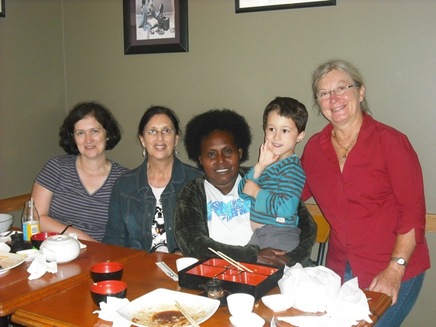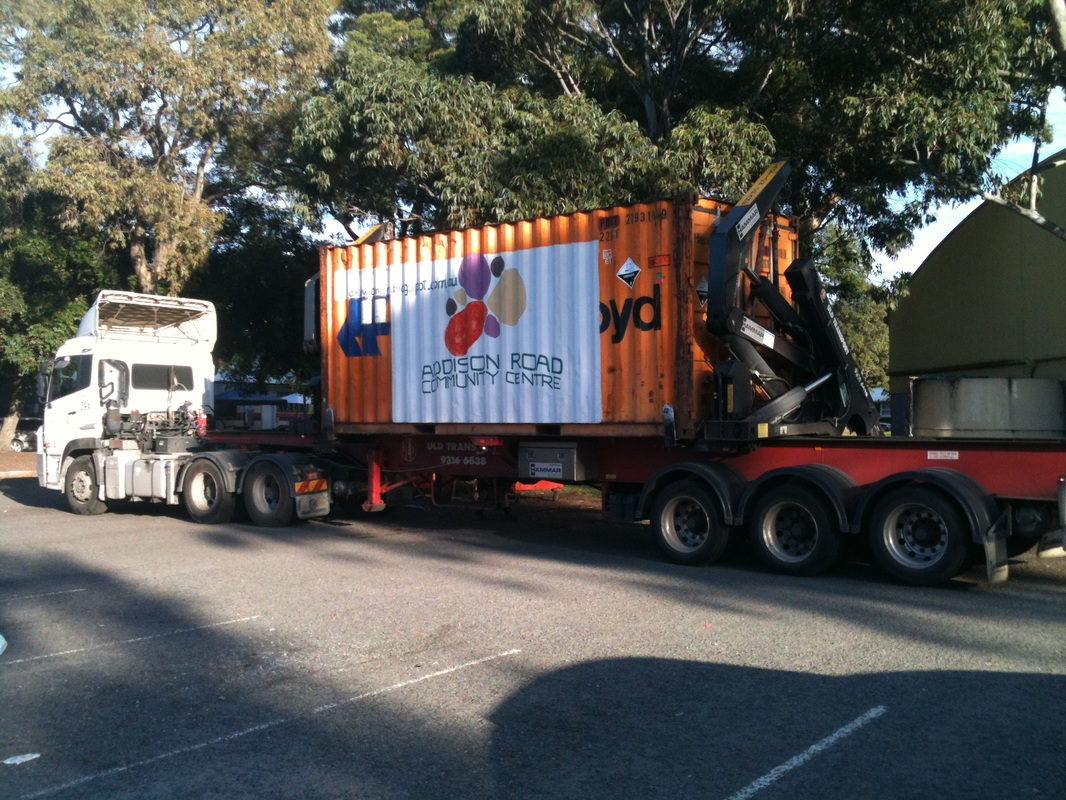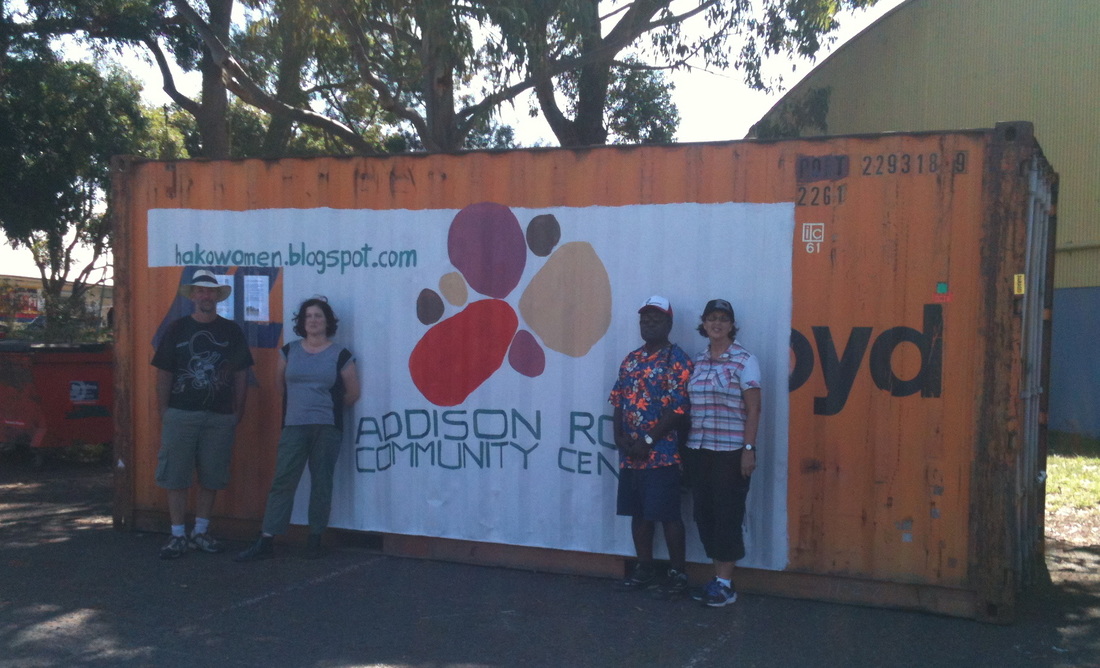The Shipping Container Project Helen, Marilyn, Dorcas (holding Tim), Meg Helen, Marilyn, Dorcas (holding Tim), Meg
The shipping container project grew out of a discussion over lunch in Sydney, in 2011.
Marilyn Havini and Dorcas Gano, founding members of HWC, were visiting Australia and catching up with friends who shared an interest in Bougainville - Meg Hoskins and me (Helen Dakin). Inspired by their plans for a Resource Centre for Hako, we asked what materials they would need, made a list, and decided to start getting some things together in Sydney. The start of a very long story.
|
* Education, training for life skills, leadership, community advocacy This website and the email address are managed on behalf of HWC by Helen Dakin, a supporter based in Australia.
|




